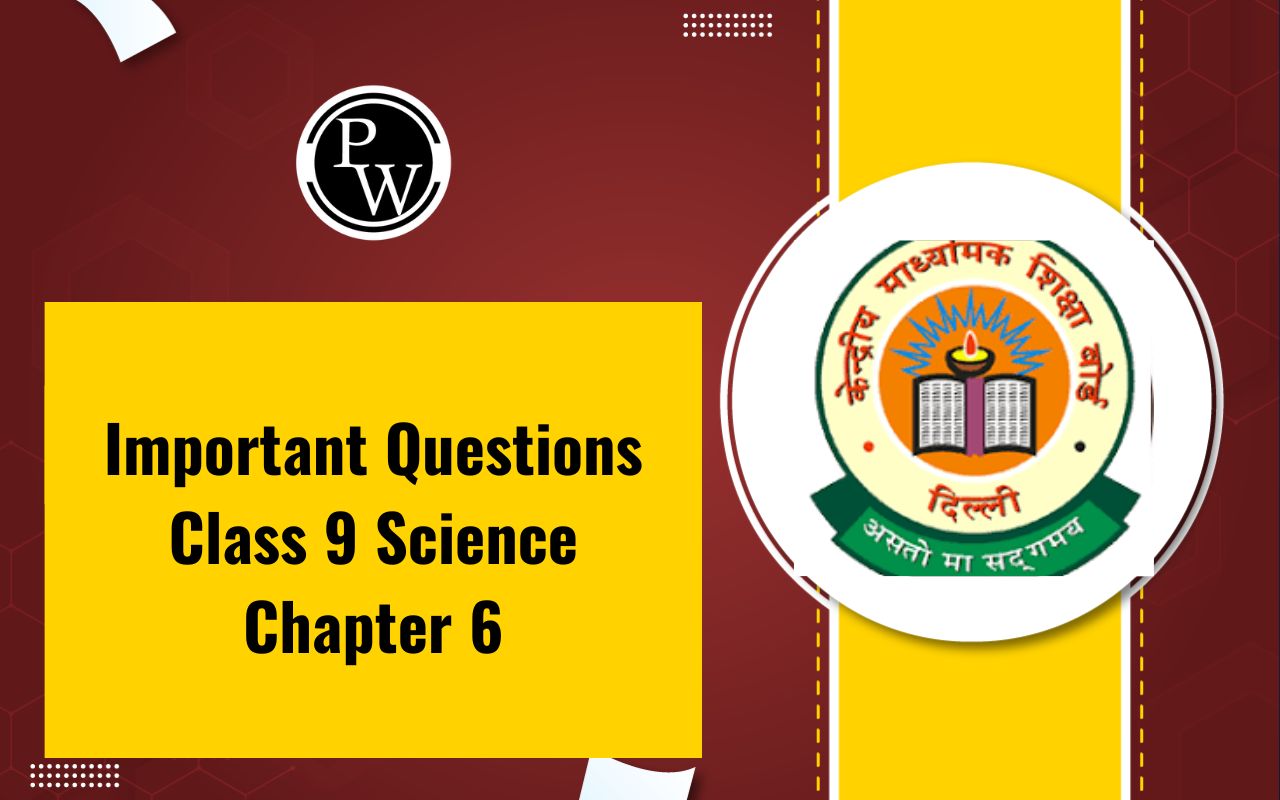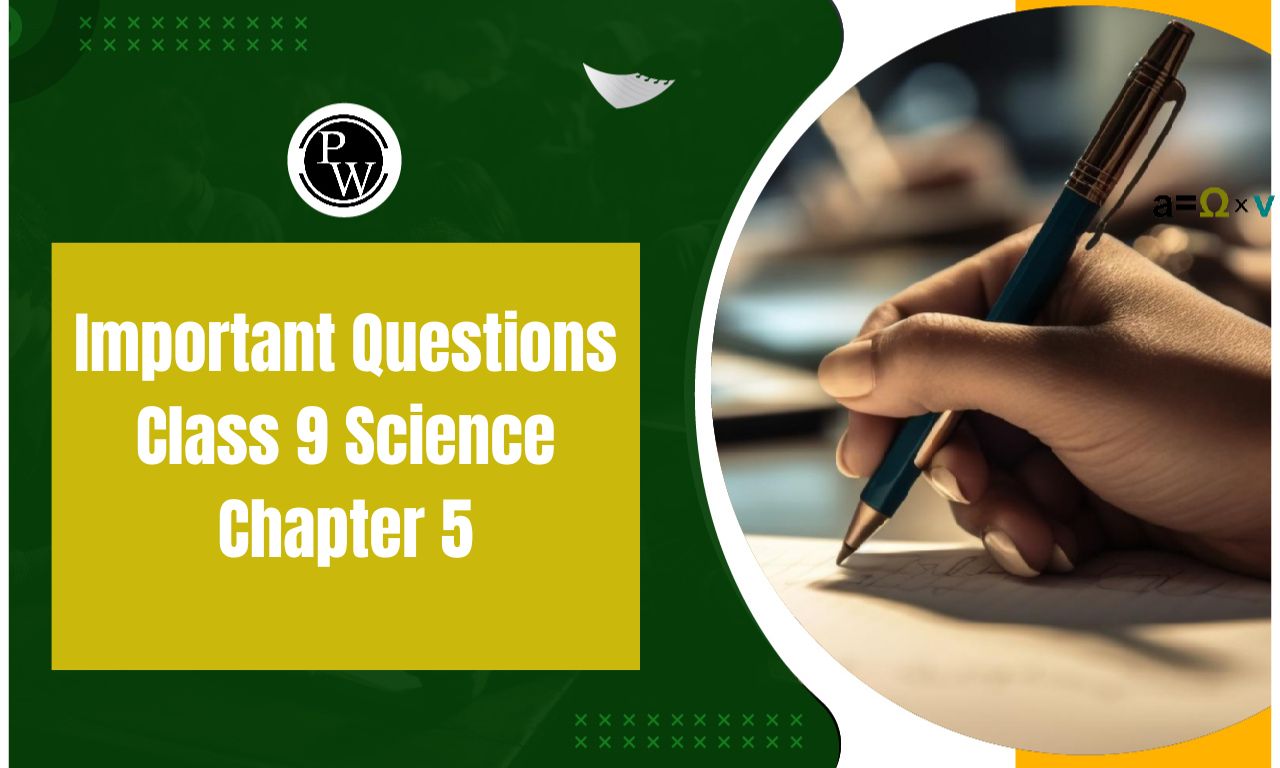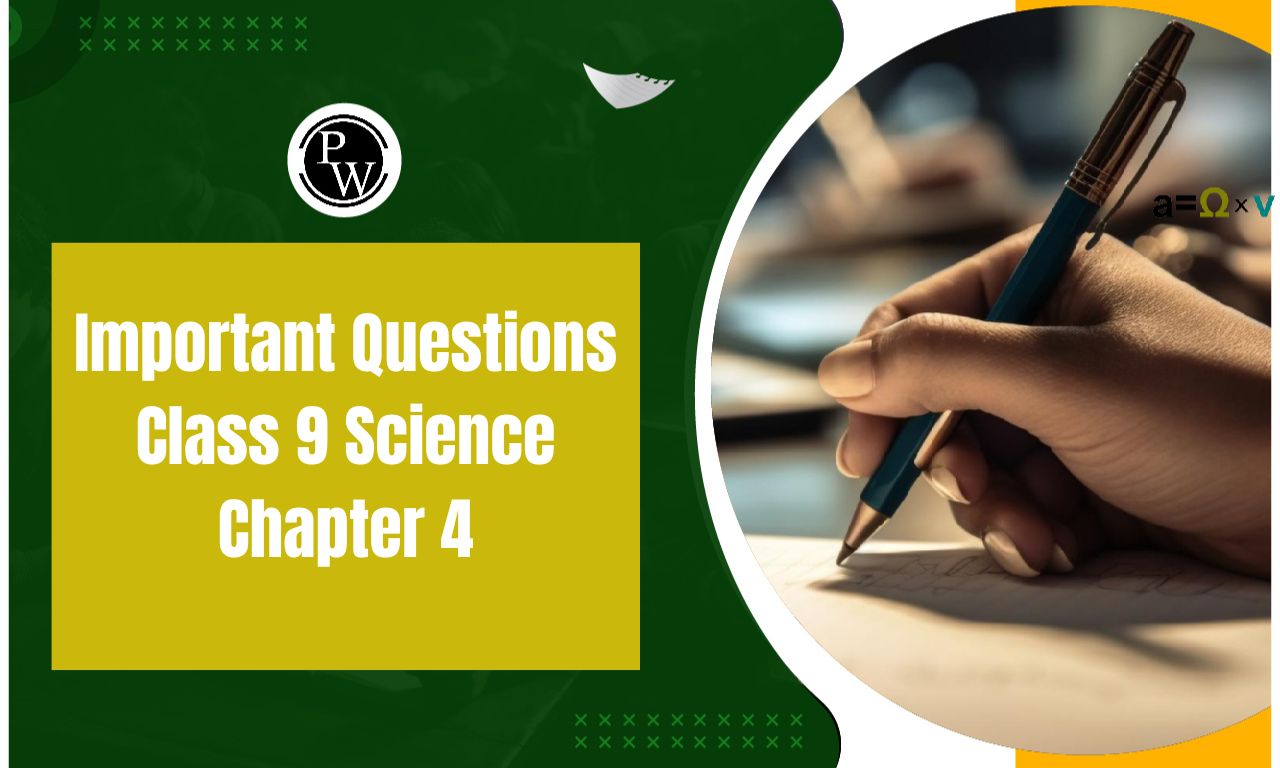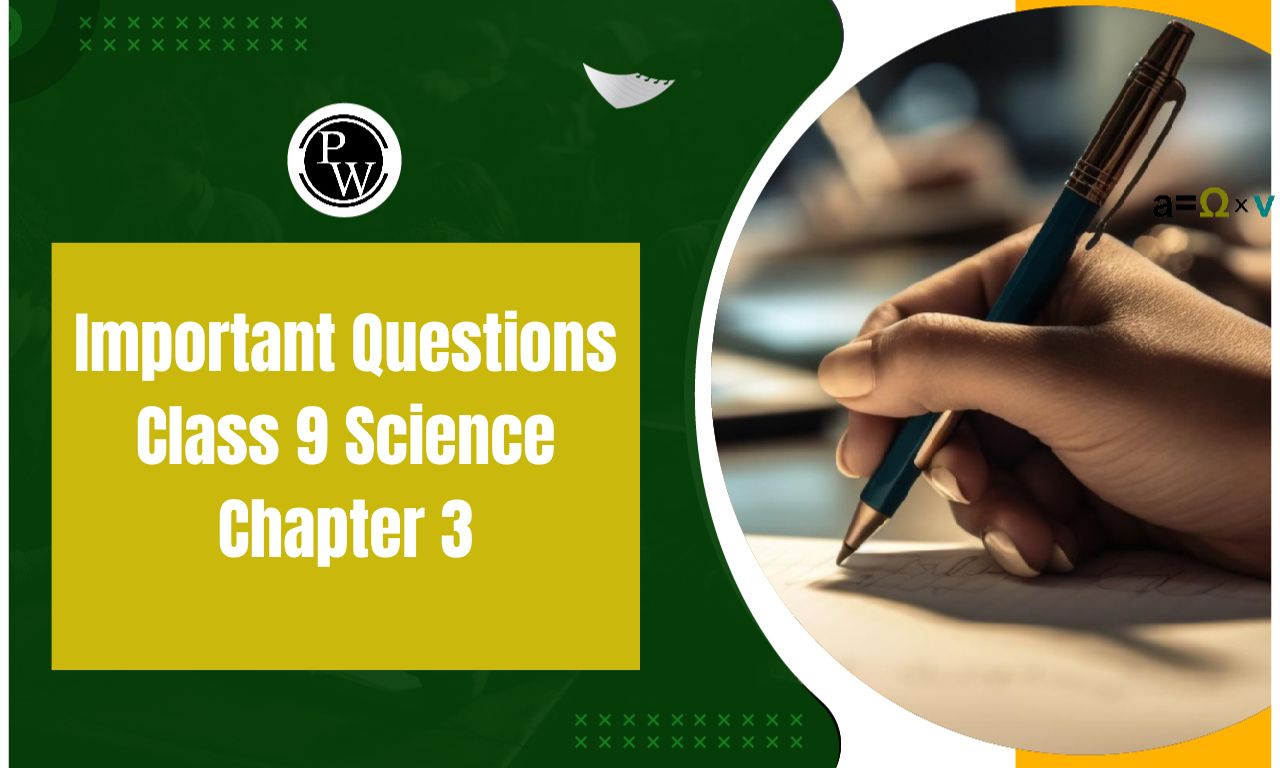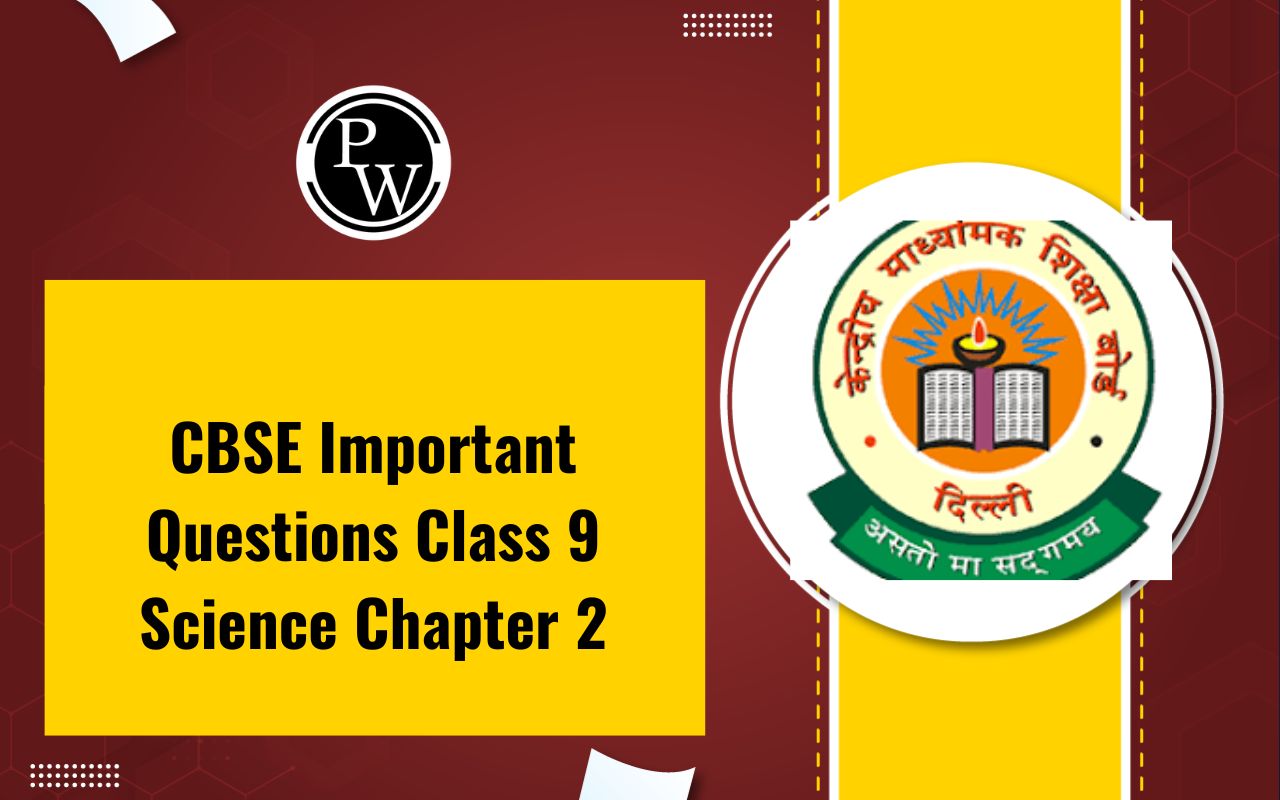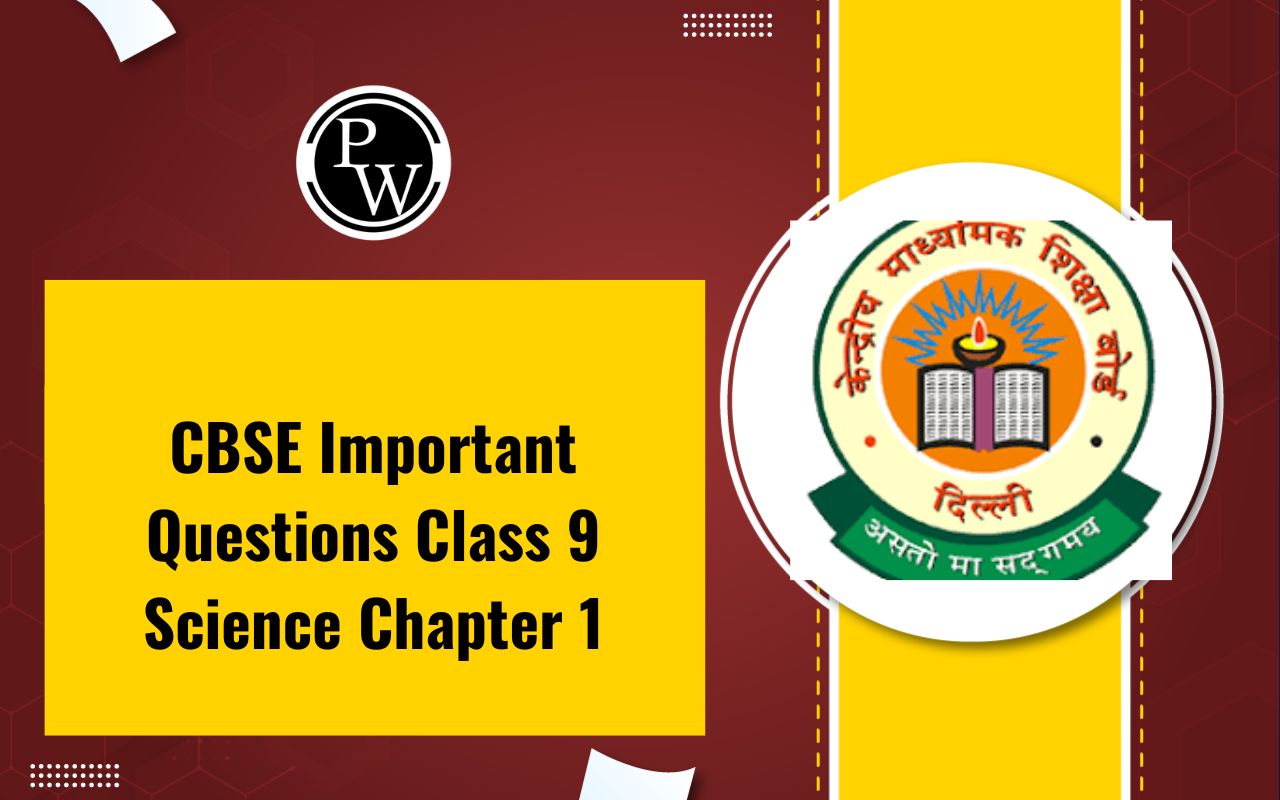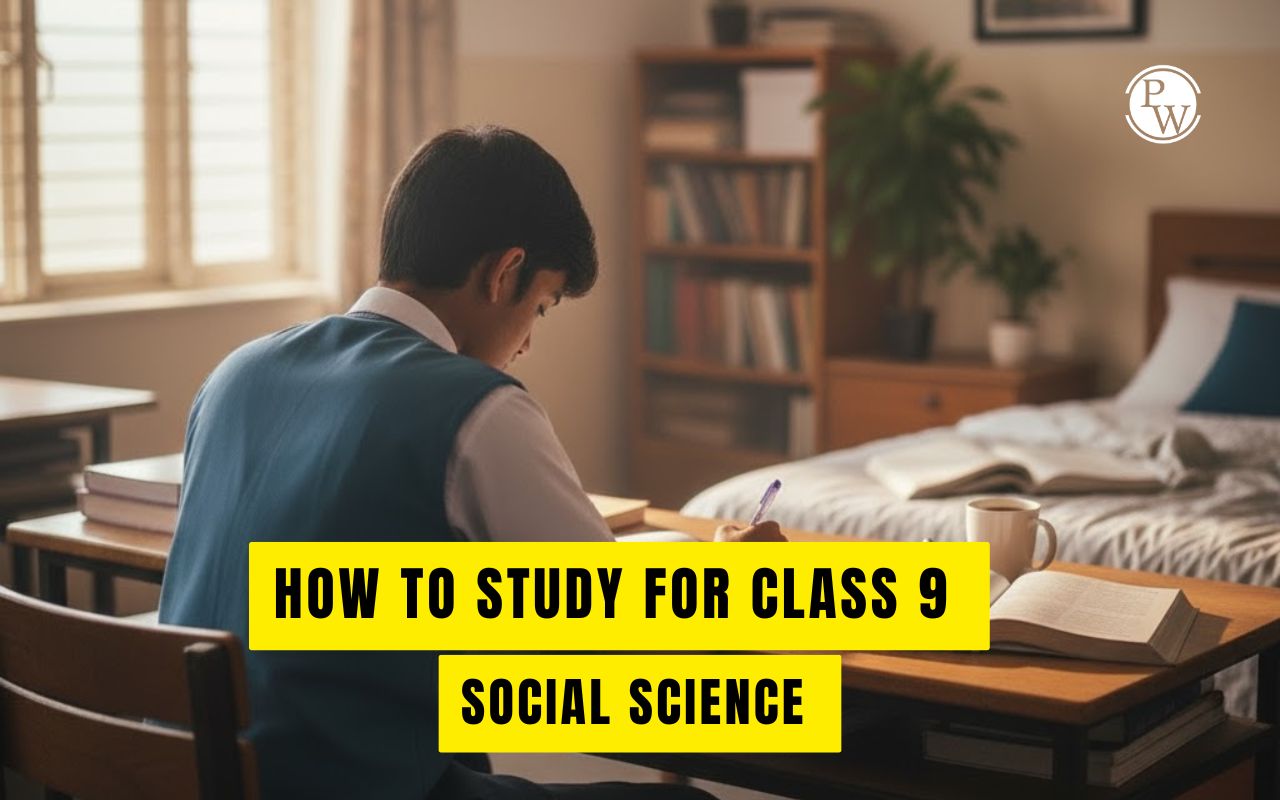
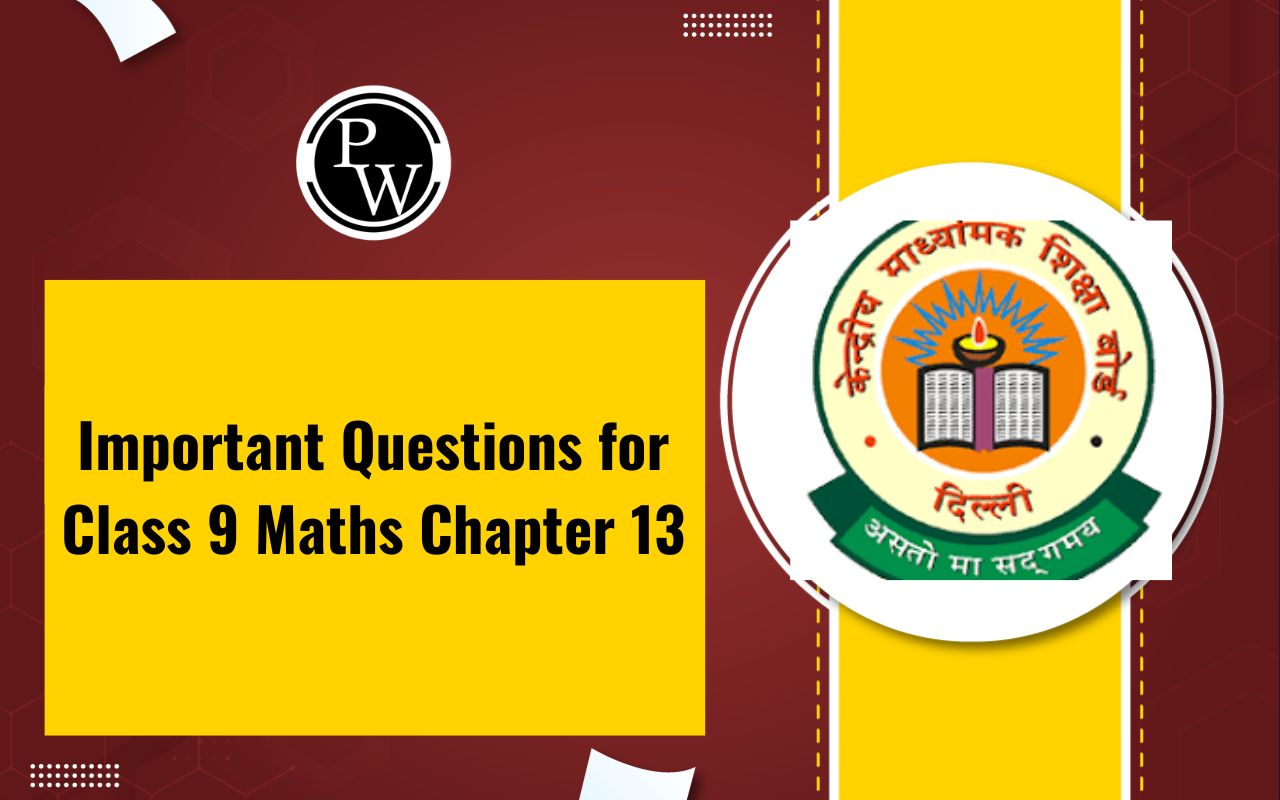
Important Questions for Class 9 Maths Chapter 13: In Chapter 13 of Class 9 Maths students learn about surface areas and volumes of different shapes like cubes, cuboids, cylinders, cones and spheres. This chapter helps students understand how to use formulas to find out how much space these shapes take up and how much area their surfaces cover.
Important questions usually involve calculating the surface area and volume of these shapes and applying these concepts to real-life situations, like finding out how much paint is needed to cover a wall or how much water a container can hold. Practicing these questions helps students improve their problem-solving skills and get ready for their examsClass 9 Maths Chapter 13 Important Questions
The important questions for Class 9 Maths Chapter 13 are created by by folllowing latest CBSE Class 9 Maths Syllabus focus on key concepts related to surface areas and volumes. These questions are created to enhance students understanding of how to calculate the surface area and volume of various three-dimensional shapes, such as cubes, cuboids, cylinders, cones and spheres.By tackling these questions students can solidify their grasp of formulas and improve their problem-solving abilities. The expert-created questions not only prepare students for their exams but also help them apply these mathematical concepts to real-world scenarios making their learning experience more relevant and engaging.
Important Questions for Class 9 Maths Chapter 13 PDF
The PDF link for the Important Questions for Class 9 Maths Chapter 13 is available below. Students can use this PDF to practice and reinforce their understanding of the concepts discussed in the chapter. By working through these important questions, learners can prepare effectively for their exams and enhance their problem-solving skills. Download the PDF now to access valuable practice material that will help in mastering this crucial chapter in mathematics.Important Questions for Class 9 Maths Chapter 13 PDF
Surface Areas Volumes Important Questions Class 9 Maths
Here we have provided Important Questions CBSE Class 9 Maths Chapter 13 Surface Areas Volumes-Find how much he would spend on the tiles if the cost of the tiles is Rs.360 per dozen.
Solution: Given, Length of the room (l) = 5 m Breadth of the room (b) = 4 m Height of the room (h) = 3 m Area of walls of the room = Lateral surface area of cuboid = 2h(l + b) = 2 × 3(5 + 4) = 6 × 9 = 54 sq.m Area of ceiling = Area of base of the cuboid = lb = 5 × 4 = 20 sq.m Area to be white washed = (54 + 20) sq.m = 74 sq.m Given that, the cost of white washing 1 sq.m = Rs. 7.50 Therefore, the total cost of white washing the walls and ceiling of the room = 74 × Rs. 7.50 = Rs. 555
Q.4: The curved surface area of a right circular cylinder of height 14 cm is 88 sq.cm. Find the diameter of the base of the cylinder.
Solution: Let d be the diameter and r be the radius of a right circular cylinder. Given, Height of cylinder (h) = 14 cm Curved surface area of right circular cylinder = 88 cm 2 ⇒ 2πrh = 88 cm 2 ⇒ πdh = 88 cm 2 (since d = 2r) ⇒ 22/7 x d x 14 cm = 88 cm 2 ⇒ d = 2 cm Hence, the diameter of the base of the cylinder is 2 cm.
Solution: Given, Depth of the river (h) = 3 m Width of the river (w) = 40 m Flow rate of water = 2 km/hr i.e. Flow of water in 1 hour = 2 km = 2000 m Flow of water in 1 minute = 2000/60 = 100/3 m Thus, length (l) = 100/3 m Volume of water falling into the sea in 1 minute = Volume of cuboid with dimension l, w, h = l × w × h = (100/3) × 40 × 3 = 4000 m 3 = 4000 x 1000 L = 4000000 L
Q.13: A lead pencil consists of a cylinder of wood with a solid cylinder of graphite filled in the interior. The diameter of the pencil is 7 mm and the diameter of the graphite is 1 mm. If the length of the pencil is 14 cm, find the volume of the wood and that of the graphite.
Solution: Given, Diameter of the pencil = 7 mm Radius of the pencil (R) = 7/2 mm Diameter of the graphite cylinder = 1 mm Radius of the graphite (r) = 1/2 mm Height (h) = 14 cm = 140 mm (since 1 cm = 10 mm) Volume of a cylinder = πr²h Volume of graphite cylinder = πr2h = (22/7) × (1/2) × (1/2) × 140 = 110 mm³ Volume of pencil = πR²h = (22/7) × (7/2) × (7/2) × 140 = 490 × 11 = 5390 mm² Volume of wood = Volume of pencil – Volume of graphite = 5390- 110 = 5280 mm³ = 5280/1000 (since 1 mm³ = 1/1000 cm³) = 5.28 cm³
Q.14: Meera has a piece of canvas whose area is 551 m 2 . She uses it to have a conical tent made, with a base radius of 7 m. Assuming that all the stitching margins and the wastage incurred while cutting, amounts to approximately 1 m 2 , find the volume of the tent that can be made with it.
Solution: Given, Area of the canvas = 551 m 2 Area of the canvas lost in wastage = 1 m 2 Thus, the area of canvas available for making the tent = (551 – 1) m 2 = 550 m 2 Now, the surface area of the tent = 550 m 2 The required base radius of the conical tent = 7 m Curved surface area of tent = 550 m 2 That means, πrl = 550 (22/7) × 7 × l = 550 l = 550/22 l = 25 m Now, l 2 = h 2 + r 2 h 2 = l 2 – r 2 = (25) 2 – (7) 2 = 625 – 49 = 576 h = 24 m So, the volume of the conical tent = (1/3)πr 2 h = (1/3) × (22/7) × 7 × 7 × 24 = 1232 m 3
Q.15: A capsule of medicine is in the shape of a sphere of diameter 3.5 mm. How much medicine (in mm 3 ) is needed to fill this capsule?
Solution: Given, Diameter of capsule = 3.5 mm Radius of capsule = (r) = 3.5/2 = 1.75 mm Volume of spherical capsule = (4/3)πr 3 = (4/3) × (22/7) × 1.75 × 1.75 × 1.75 = 22.458 mm 3 Therefore, the volume of the capsule is 22.46 mm 3 approx.
Q.16: Calculate the amount of ice-cream that can be put into a cone with base radius 3.5 cm and height 12 cm.
Solution: Given, Base radius = r = 3.5 cm Height = h = 12 cm The amount of ice-cream that can be put into a cone = Volume of cone = (1/3)πr 2 h = (1/3) × (22/7) × 3.5 × 3.5 × 12 = 154 cm3
Q.17: A spherical ball is divided into two equal halves. Given that the curved surface area of each half is 56.57 cm, what will be the volume of the spherical ball?
Solution: Given, Curved surface area of of half of the spherical ball = 56.57 cm 2 (1/2) 4πr 2 = 56.57 2 × 3.14 × r 2 = 56.57 r 2 = 56.57/6.28 r 2 = 9 (approx) r = 3 cm Now, Volume of spherical ball = (4/3)πr 3 = (4/3) × 3.14 × 3 × 3 × 3 = 113.04 cm 3
Benefits of Practicicng Important Questions for Class 9 Maths Chapter 13
Practicing important questions for Class 9 Maths Chapter 13 on Surface Areas and Volumes provide several key benefits for students:Conceptual Clarity : Regular practice helps students understand the concepts of surface areas and volumes of various geometric shapes, including cubes, cuboids, cylinders, cones and spheres.
Enhanced Problem-Solving Skills : By working through different types of questions, students develop analytical and critical thinking skills, making them better equipped to tackle complex problems.
Time Management Skills : Practicing with a variety of questions allows students to improve their time management skills, helping them complete their exams within the given time frame.
Exam Preparedness : Focusing on important questions ensures that students are well-prepared for their exams, as these questions often mirror the types of problems they will face on the exam.
Important Questions for Class 9 Maths Chapter 13 FAQs
What is the difference between surface area and volume?
Surface area refers to the total area of the outer surface of a three-dimensional shape, while volume measures the amount of space occupied by the shape.
Can surface area and volume be the same for any shape?
Generally, surface area and volume are different measurements, but there may be specific instances where the numerical values coincide for particular shapes with specific dimensions.
Why is it important to learn about surface areas and volumes?
Understanding surface areas and volumes is essential in various fields, including engineering, architecture and everyday problem-solving related to capacity and material use.
How can I improve my skills in calculating surface areas and volumes?
Practice solving problems regularly, refer to geometry textbooks or online resources and work on sample questions to strengthen your understanding of these concepts.
🔥 Trending Blogs
Talk to a counsellorHave doubts? Our support team will be happy to assist you!

Check out these Related Articles
Free Learning Resources
PW Books
Notes (Class 10-12)
PW Study Materials
Notes (Class 6-9)
Ncert Solutions
Govt Exams
Class 6th to 12th Online Courses
Govt Job Exams Courses
UPSC Coaching
Defence Exam Coaching
Gate Exam Coaching
Other Exams
Know about Physics Wallah
Physics Wallah is an Indian edtech platform that provides accessible & comprehensive learning experiences to students from Class 6th to postgraduate level. We also provide extensive NCERT solutions, sample paper, NEET, JEE Mains, BITSAT previous year papers & more such resources to students. Physics Wallah also caters to over 3.5 million registered students and over 78 lakh+ Youtube subscribers with 4.8 rating on its app.
We Stand Out because
We provide students with intensive courses with India’s qualified & experienced faculties & mentors. PW strives to make the learning experience comprehensive and accessible for students of all sections of society. We believe in empowering every single student who couldn't dream of a good career in engineering and medical field earlier.
Our Key Focus Areas
Physics Wallah's main focus is to make the learning experience as economical as possible for all students. With our affordable courses like Lakshya, Udaan and Arjuna and many others, we have been able to provide a platform for lakhs of aspirants. From providing Chemistry, Maths, Physics formula to giving e-books of eminent authors like RD Sharma, RS Aggarwal and Lakhmir Singh, PW focuses on every single student's need for preparation.
What Makes Us Different
Physics Wallah strives to develop a comprehensive pedagogical structure for students, where they get a state-of-the-art learning experience with study material and resources. Apart from catering students preparing for JEE Mains and NEET, PW also provides study material for each state board like Uttar Pradesh, Bihar, and others
Copyright © 2025 Physicswallah Limited All rights reserved.
Get App

